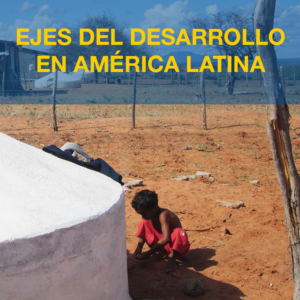Argentina watched with growing alarm on Friday as a British freighter carrying nuclear waste towards Japan neared the Southern Cone country's territorial waters.
The "Pacific Pintail', which weighed anchor on Feb. 23 from the French port of Cherbourg, could enter Argentina's 200 mile- wide area of territorial waters on Saturday night if its current direction and speed are maintained, a Greenpeace spokesperson told IPS on Friday.
According to estimates by the international environmental organisation, the ship carrying 14 tonnes of toxic waste will go through Cape Horn, where the Atlantic and the Pacific oceans meet, within Argentina's territorial waters.
The prediction is based on the fact that the area's international corridor is very narrow.
The extreme southern portions of the Atlantic and Pacific oceans fall under the jurisdiction of the Antarctic Treaty, that prohibits the transportation of toxic substances south of the 60th parallel. However, Cape Horn lies at approximately the 52nd parallel.
The Greenpeace source said that at 1500 GMT on Friday, the 5,087 tonne Pacific Pintail was 130 miles northeast of the Islas Malvinas/Falkland Islands, disputed by Argentina and Great Britain.
A Greenpeace ship is trailing a few miles behind the British freighter, keeping authorities alerted with respect to the movements of the so-called "nuclear ship."
Meanwhile, the Argentine army announced on Thursday night that the ship's course was normal, and that it remained outside the country's territorial waters.
A statement unanimously approved in the chamber of deputies called the freighter's entry into territorial waters "unacceptable."
Politicians and environmental organisations harshly criticised the Argentine government for failing to take a clear-cut stance against the ship's possible passage through territorial waters.
The Pacific Pintail ruled out the routes that would have taken it through the Panama Canal and around the southern tip of Africa after the majority of the countries in those regions expressly prohibited the freighter's passage.
According to experts, the ship's cargo is dangerously radioactive, and the barriers that separate the toxic waste from the environment are much less safe than nuclear authorities claim.
The sources added that there is no guarantee that the four barriers that separate the cargo from the outside environment would survive a fire.
In the case of a prolonged fire followed by shipwreck in deep waters where recovery of the freighter would be impossible, the toxic waste could gradually leak out in large quantities, specialists warn. (end/ips/trd-so/of/dm/sw/95





![Validate my RSS feed [Valid RSS]](https://validator.w3.org/feed/images/valid-rss-rogers.png)